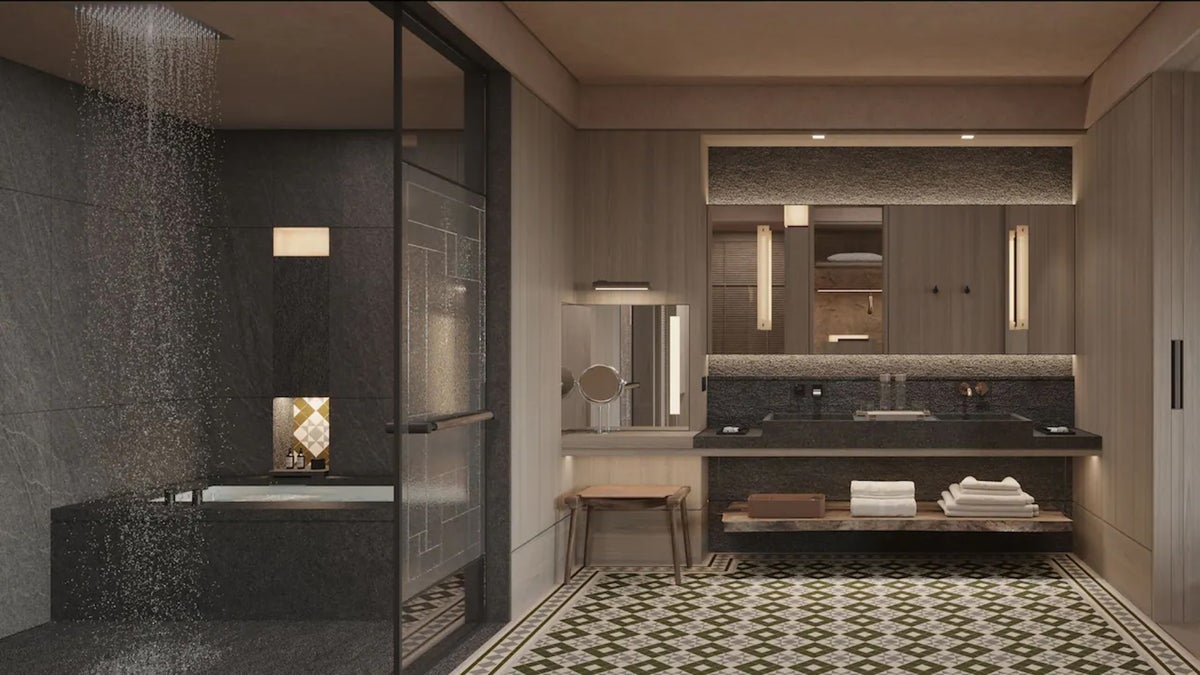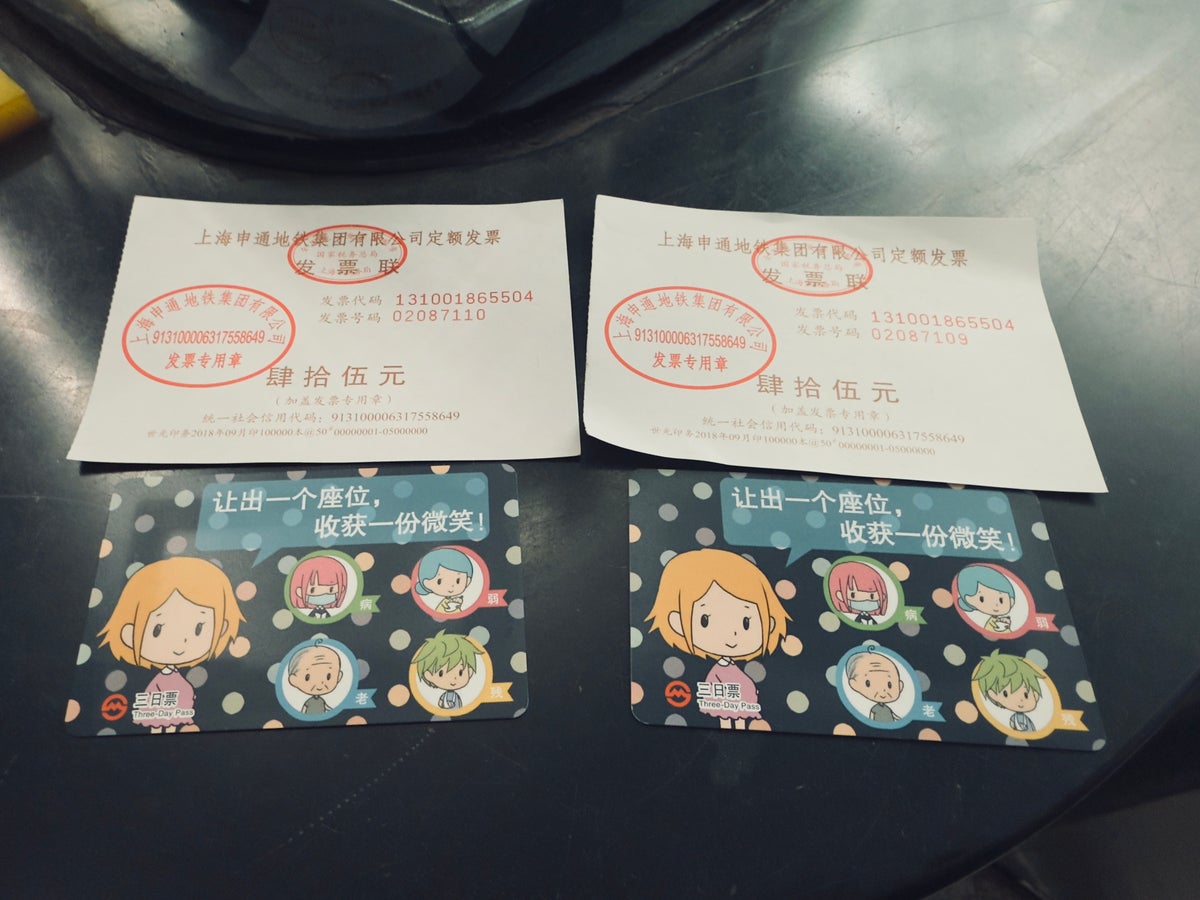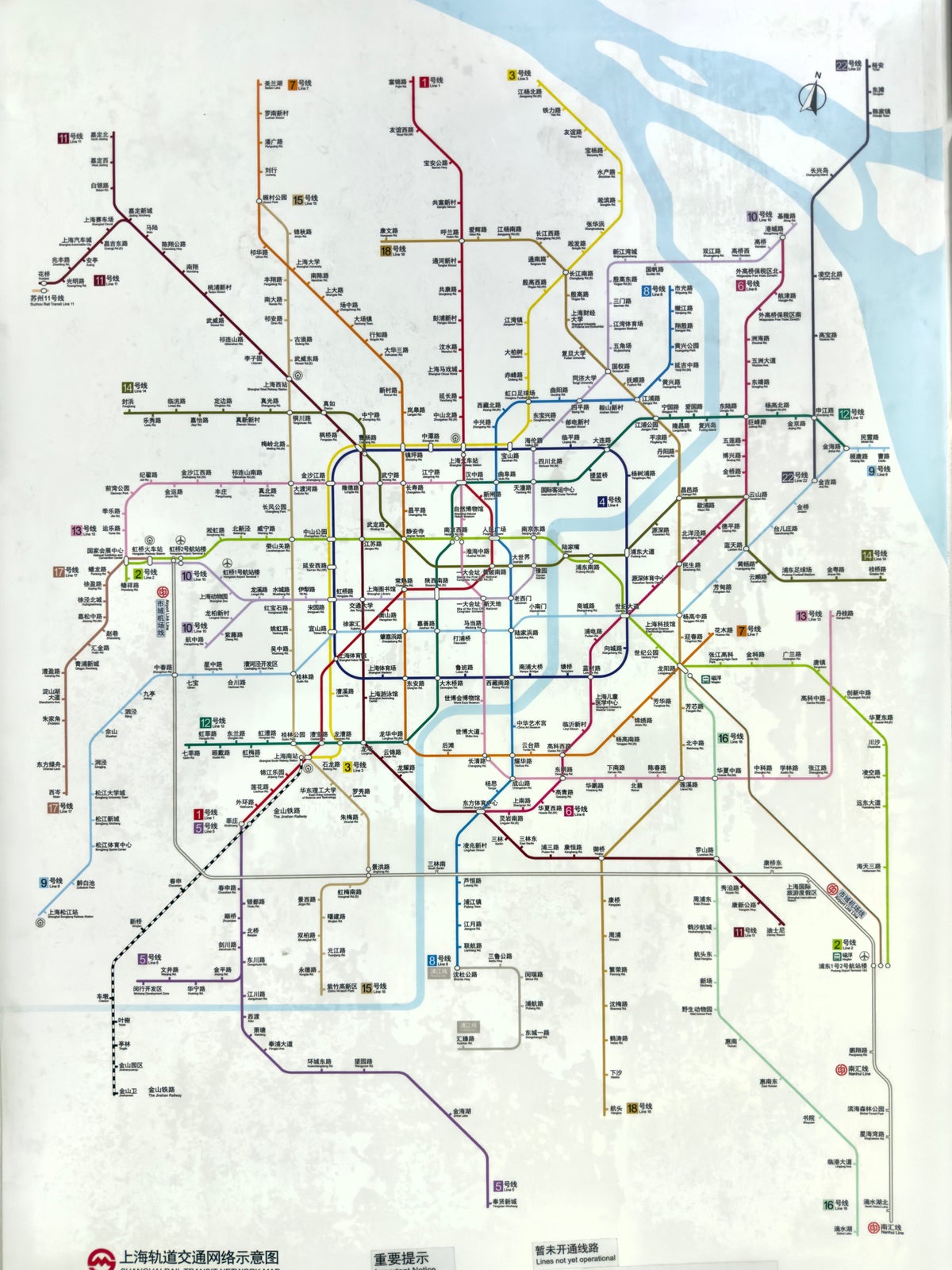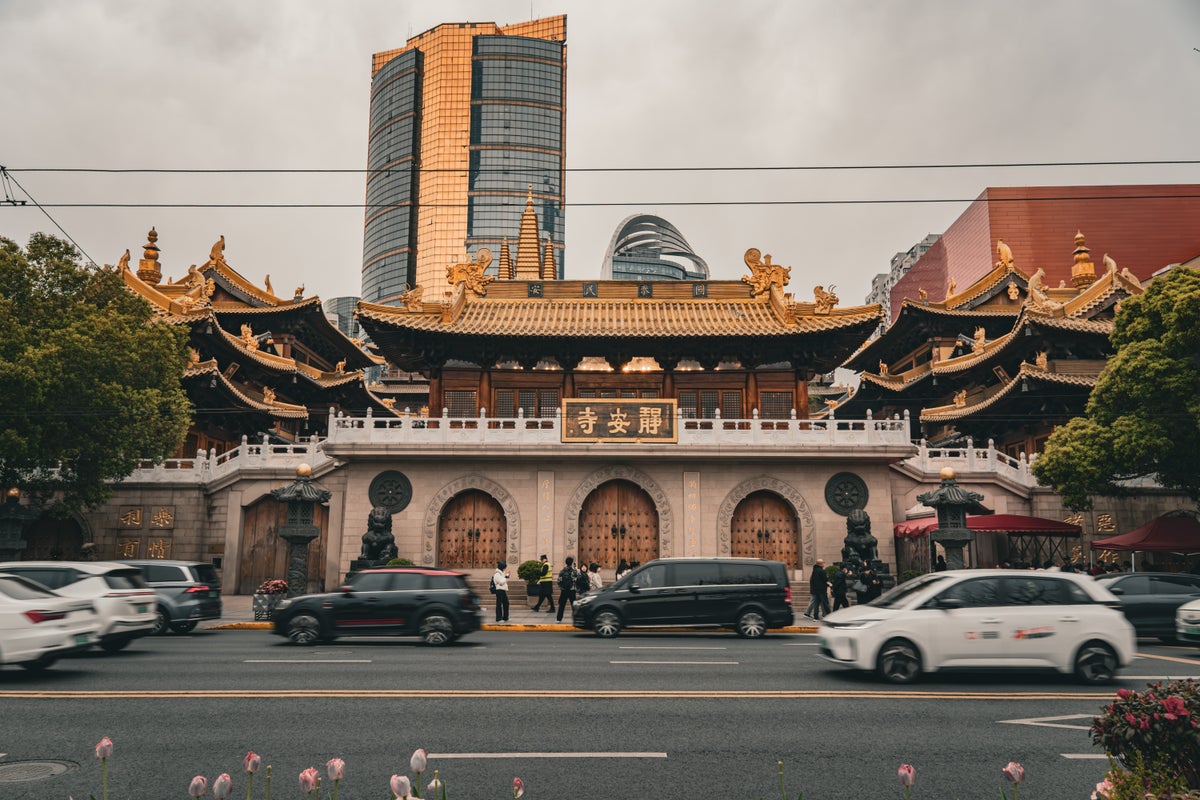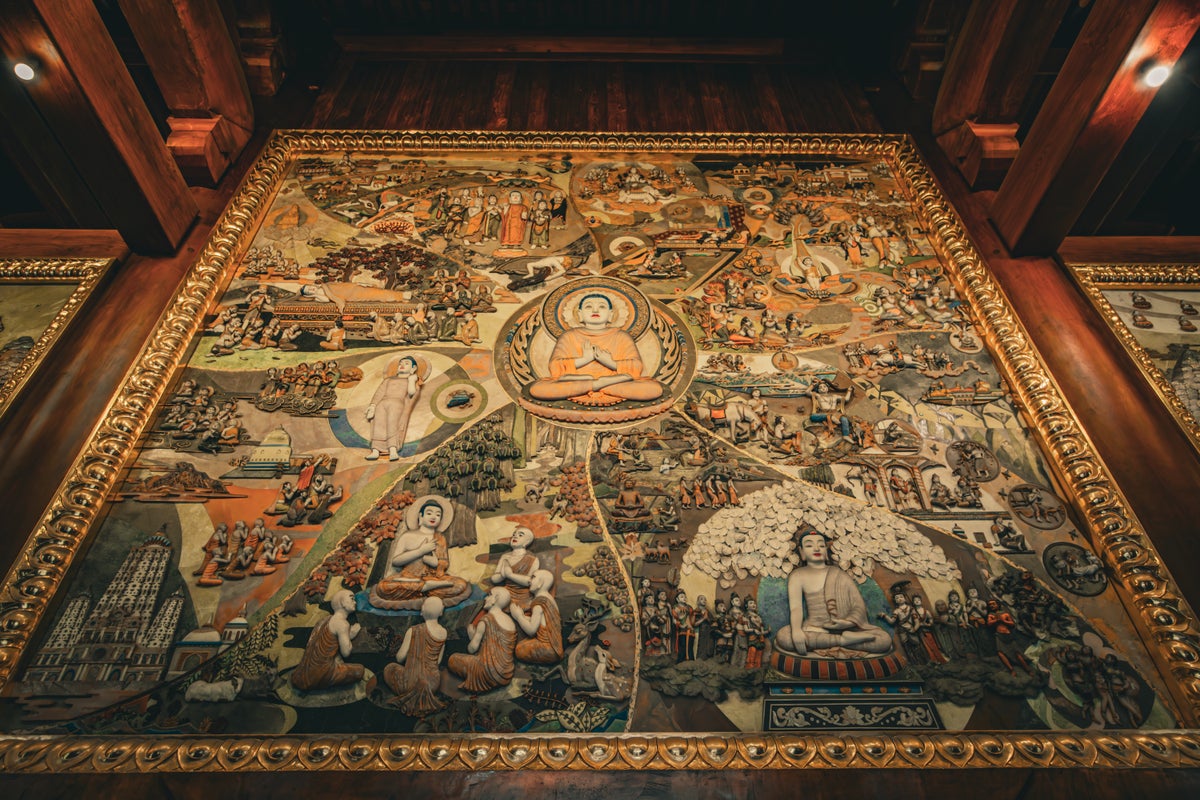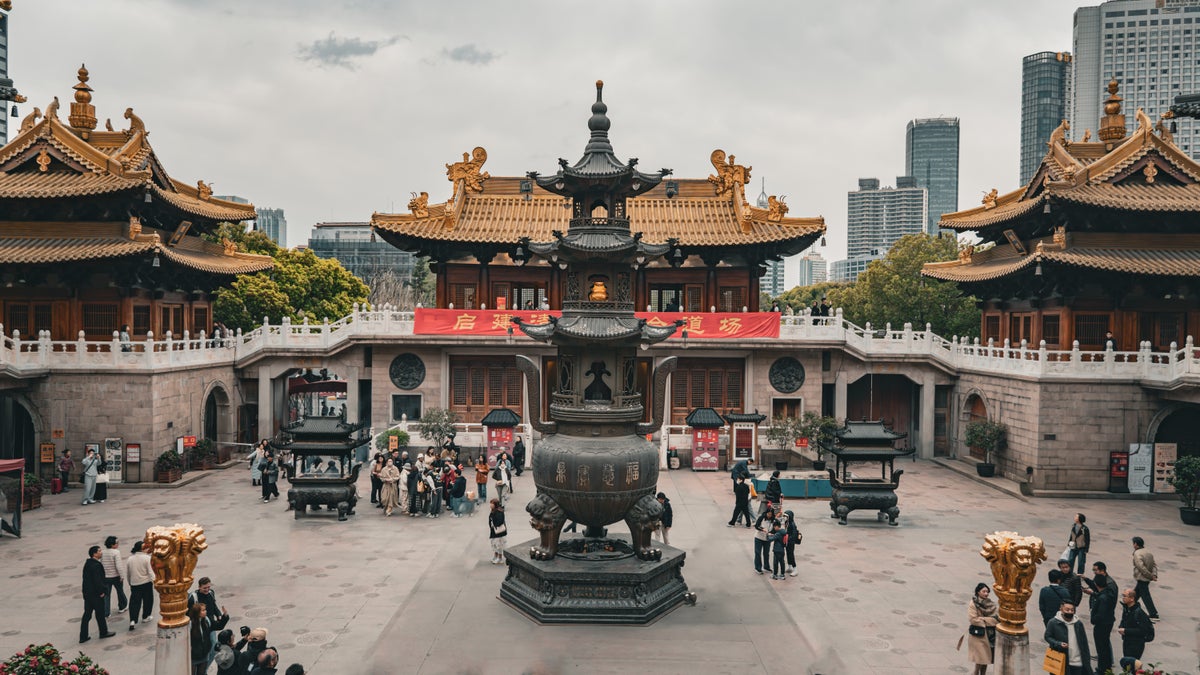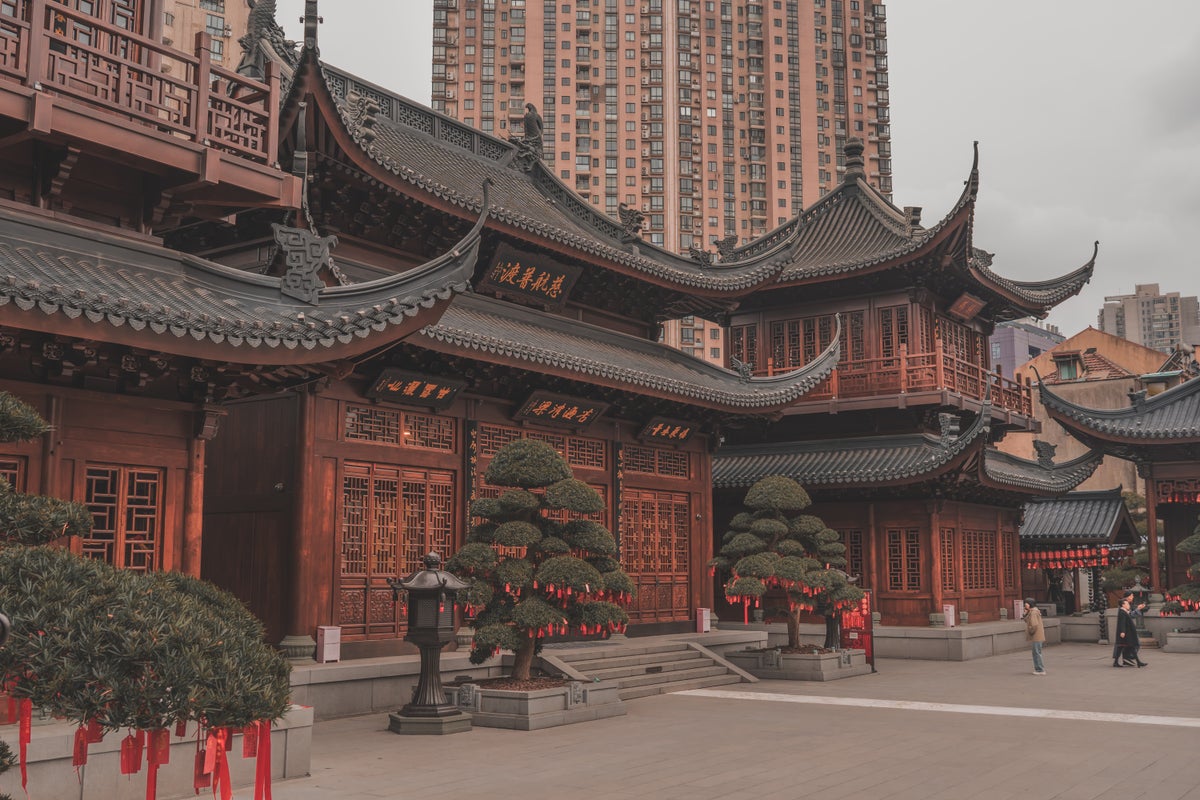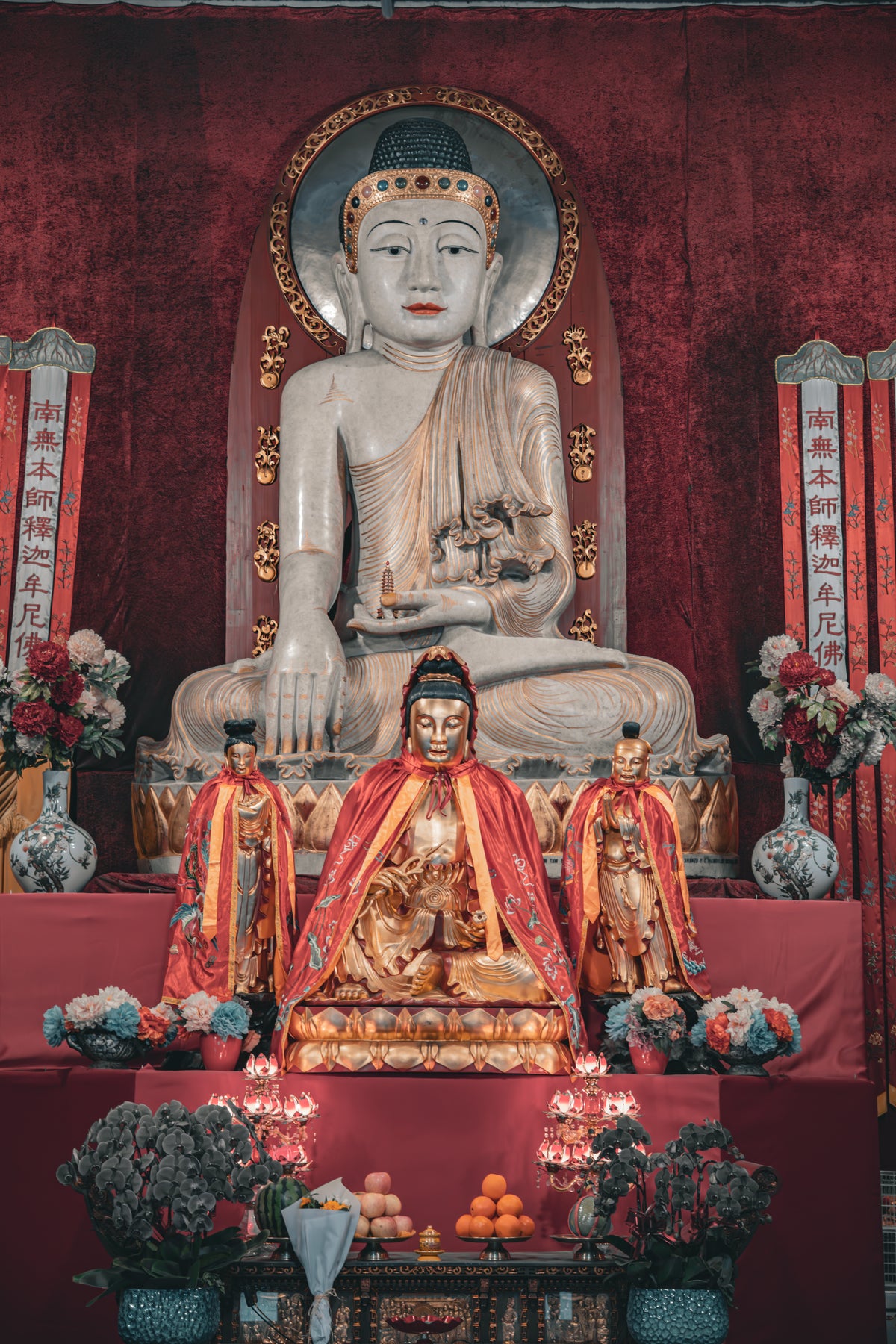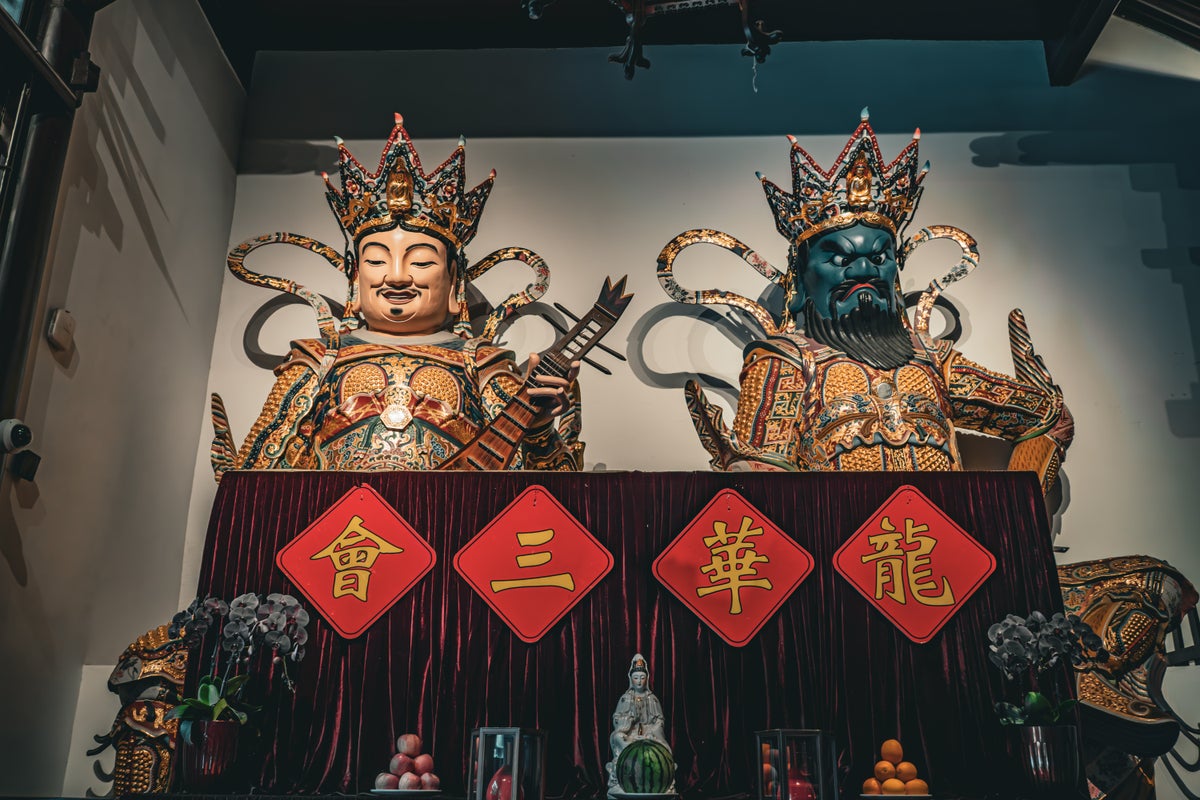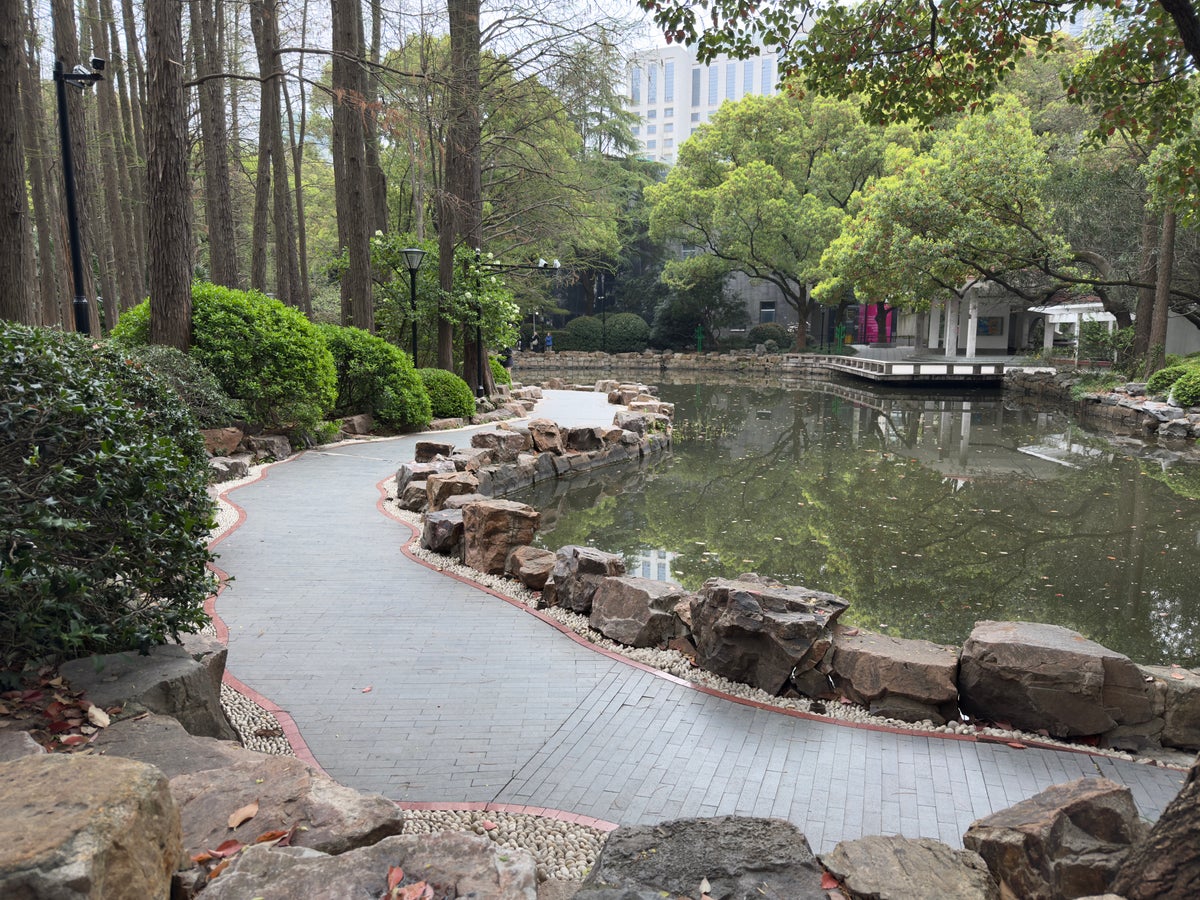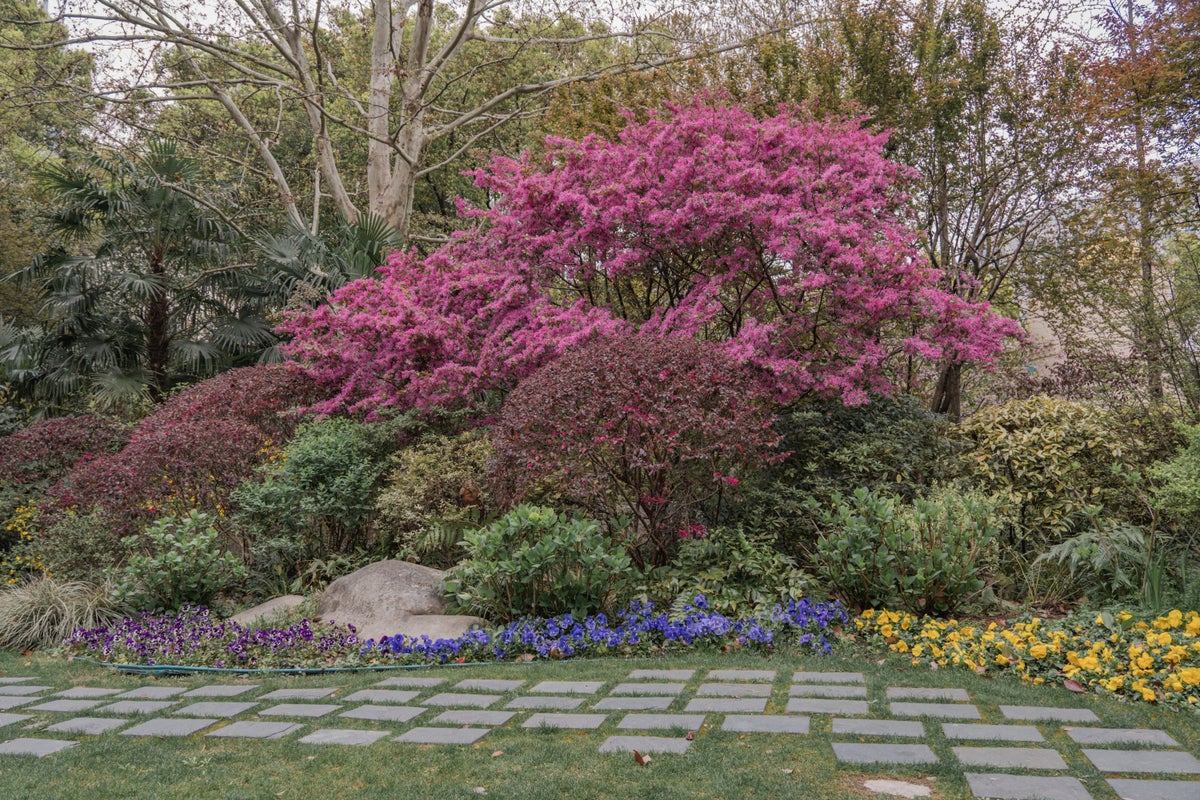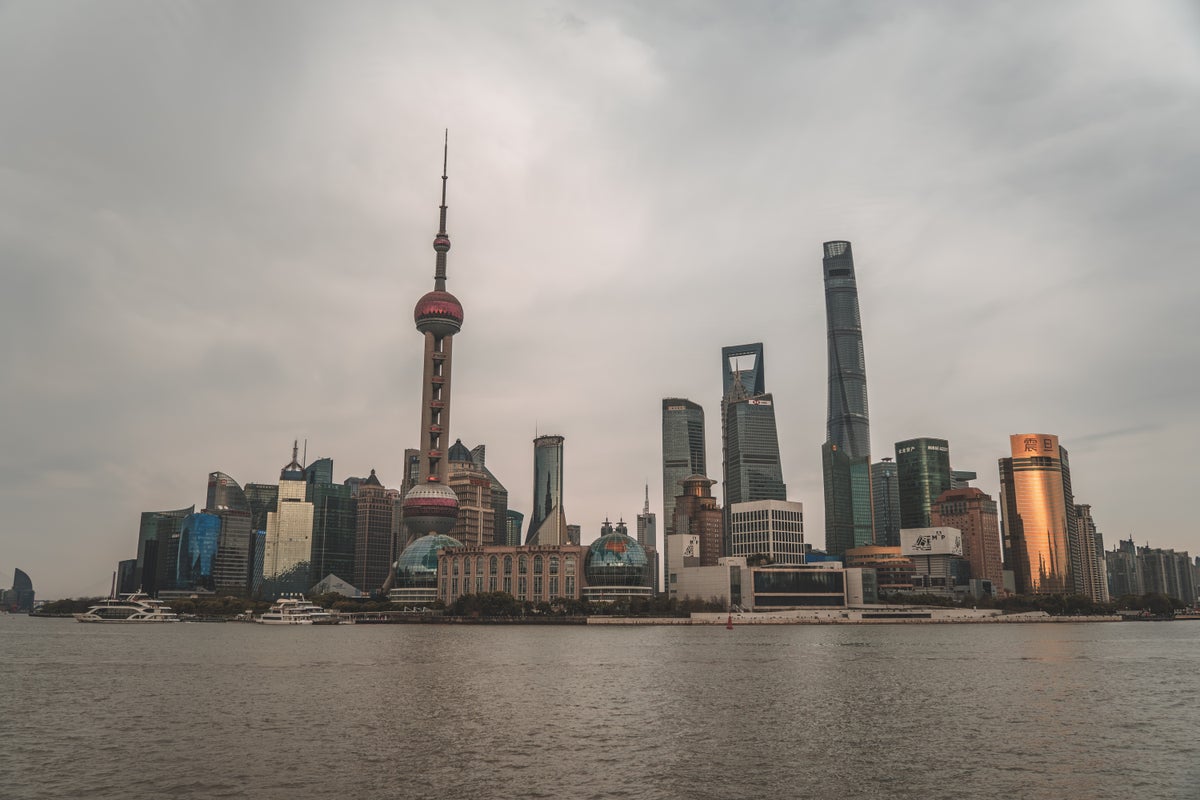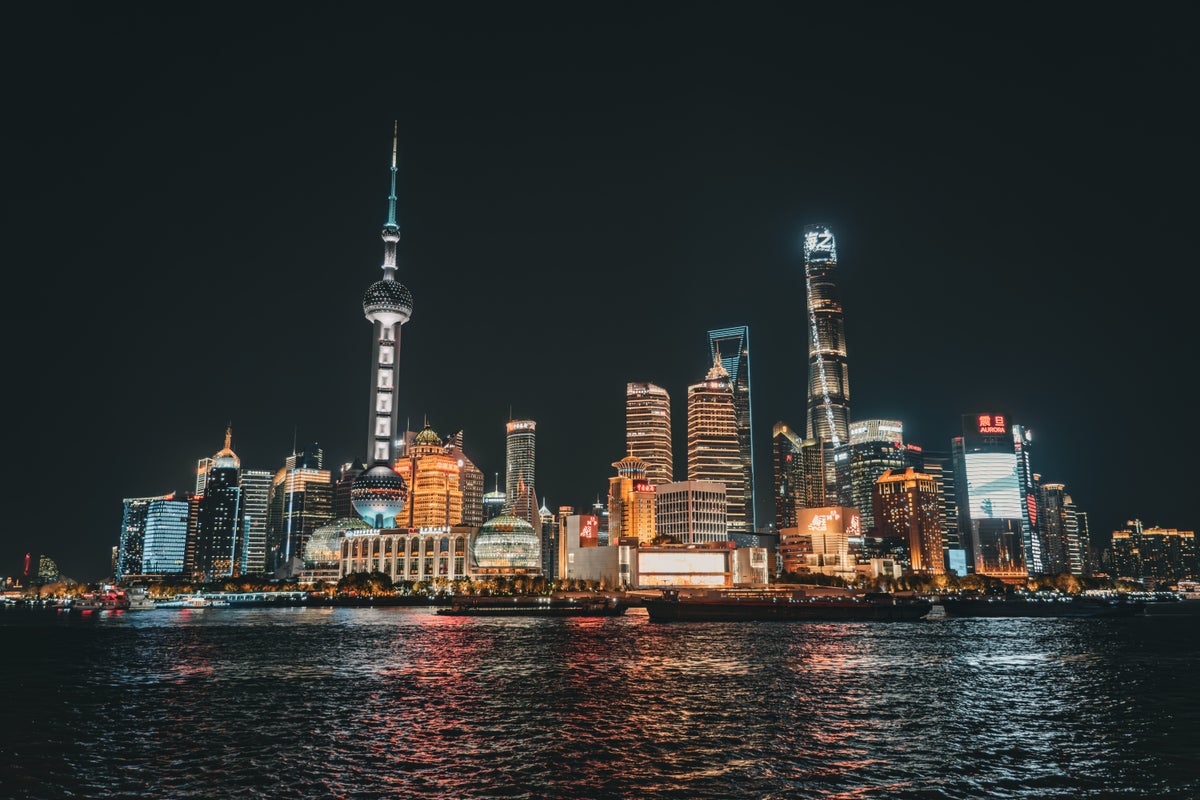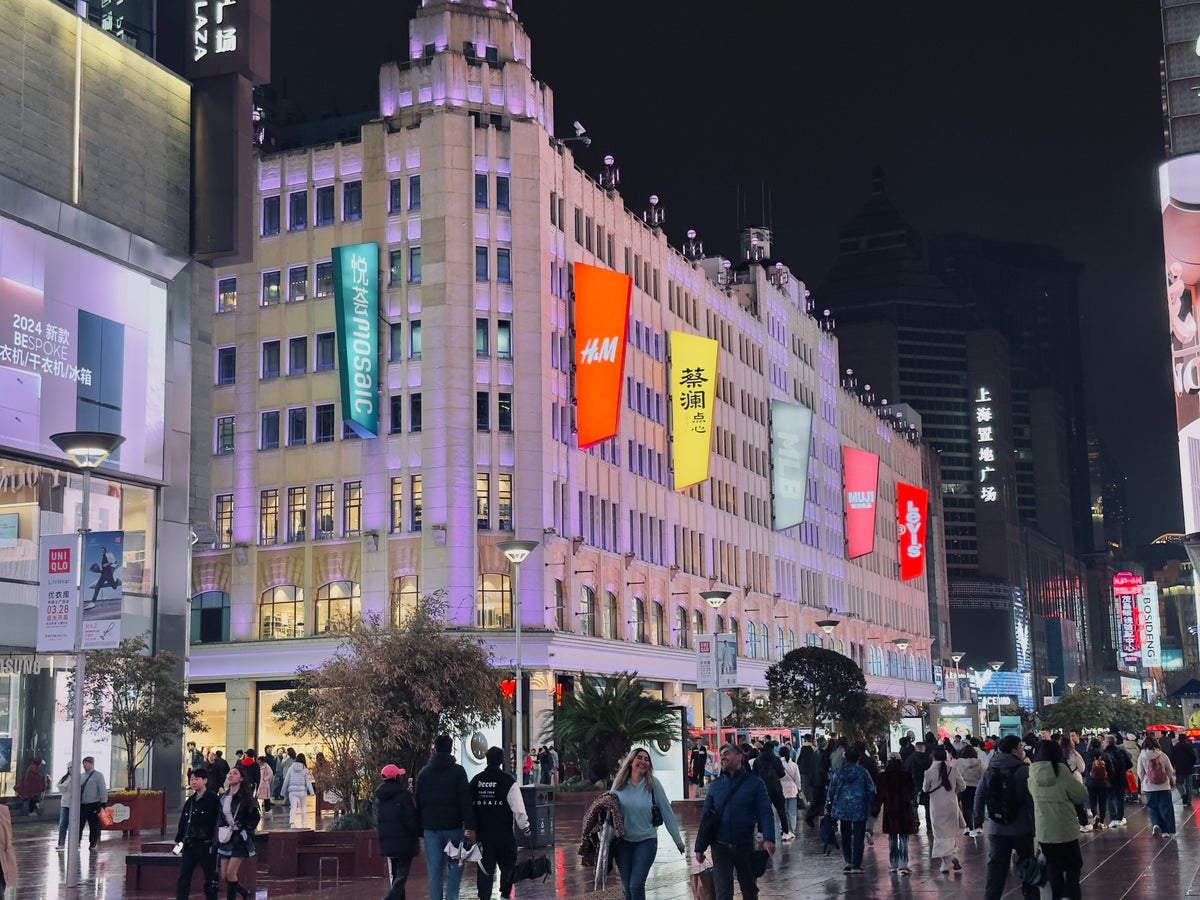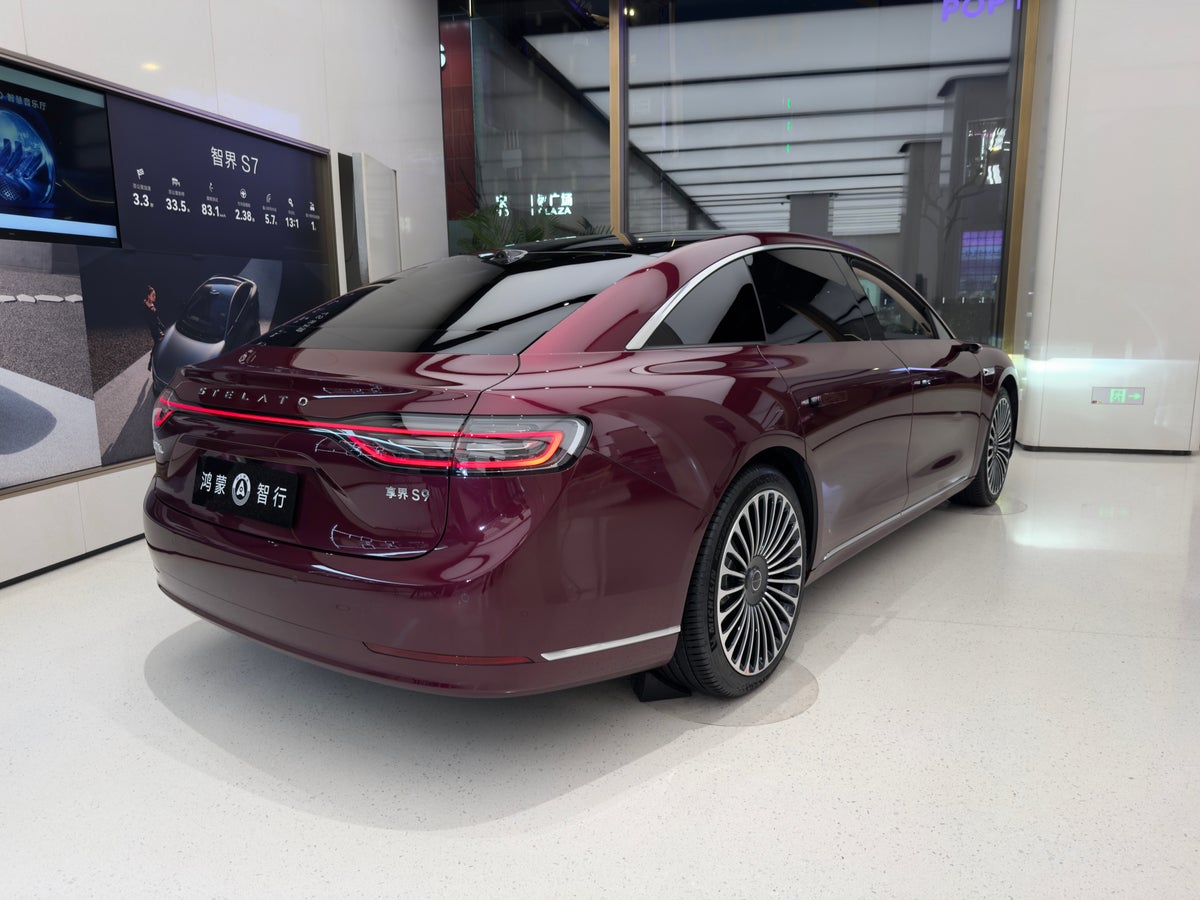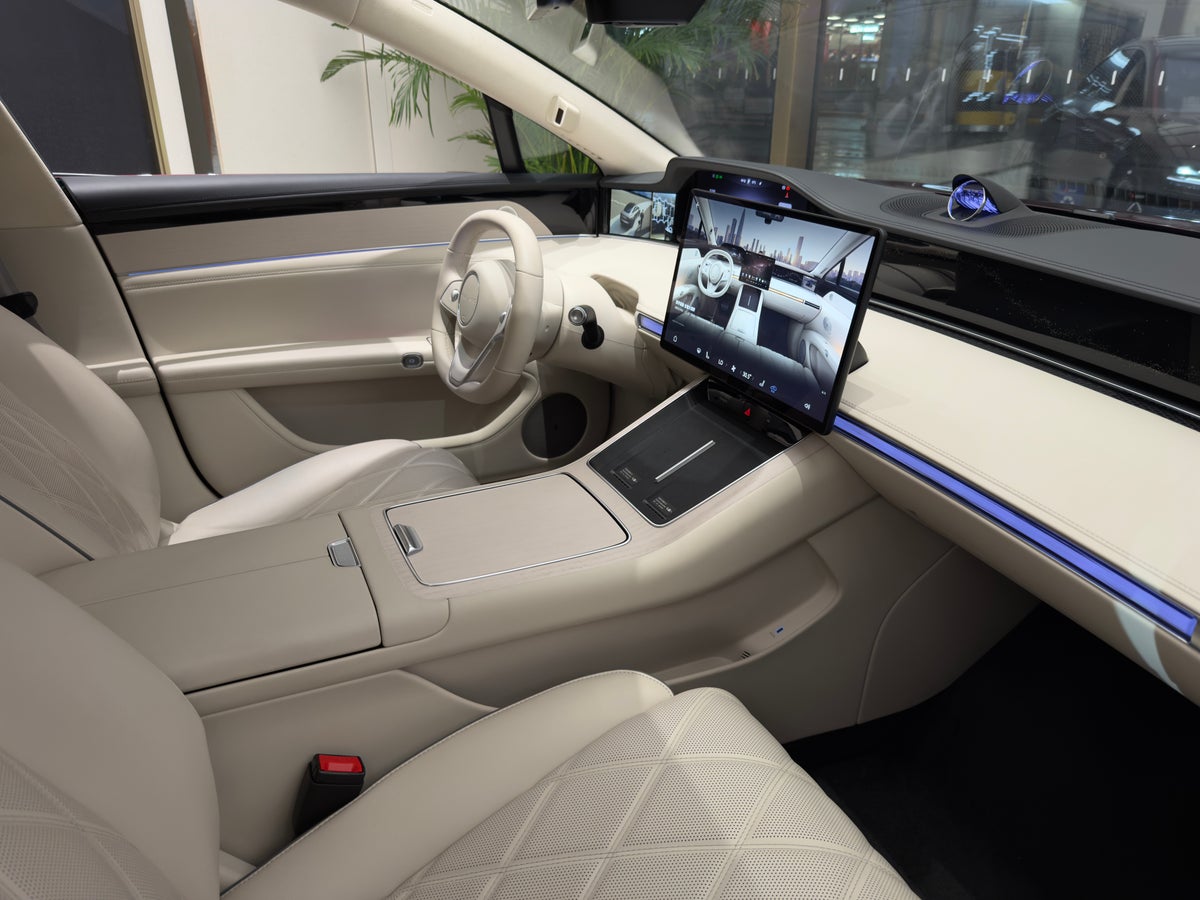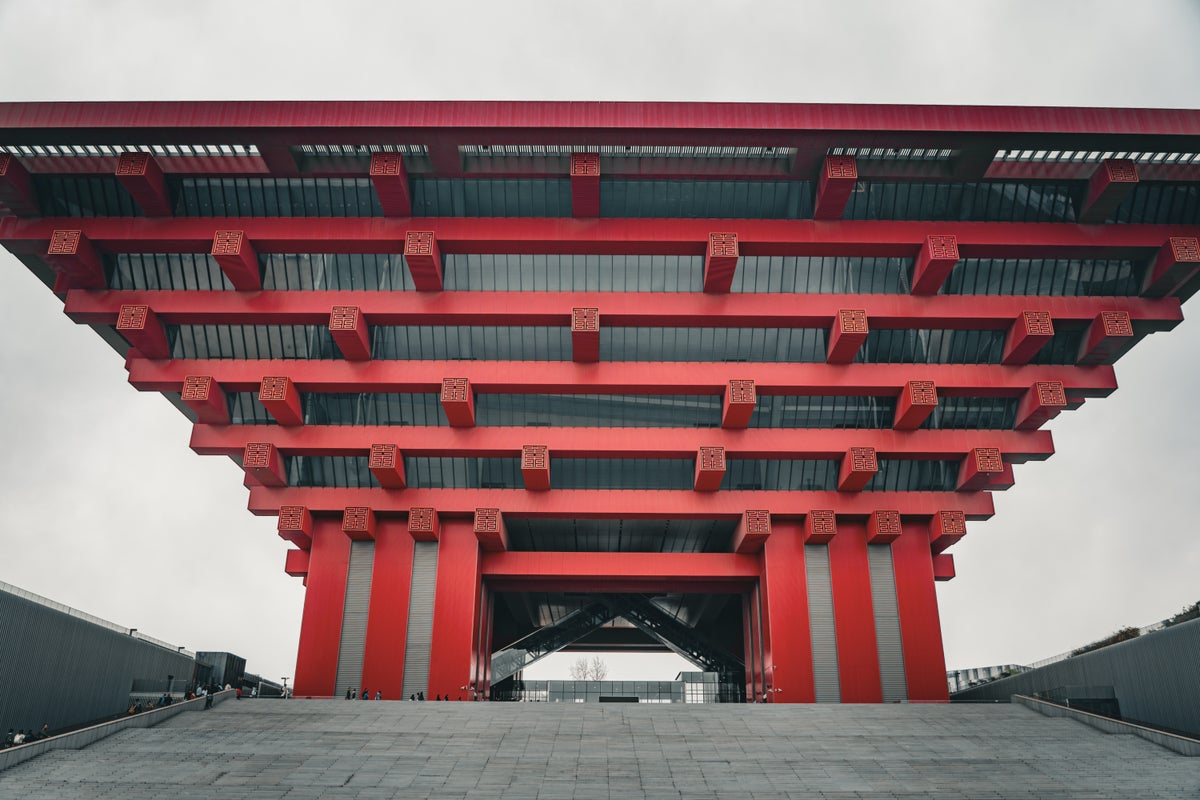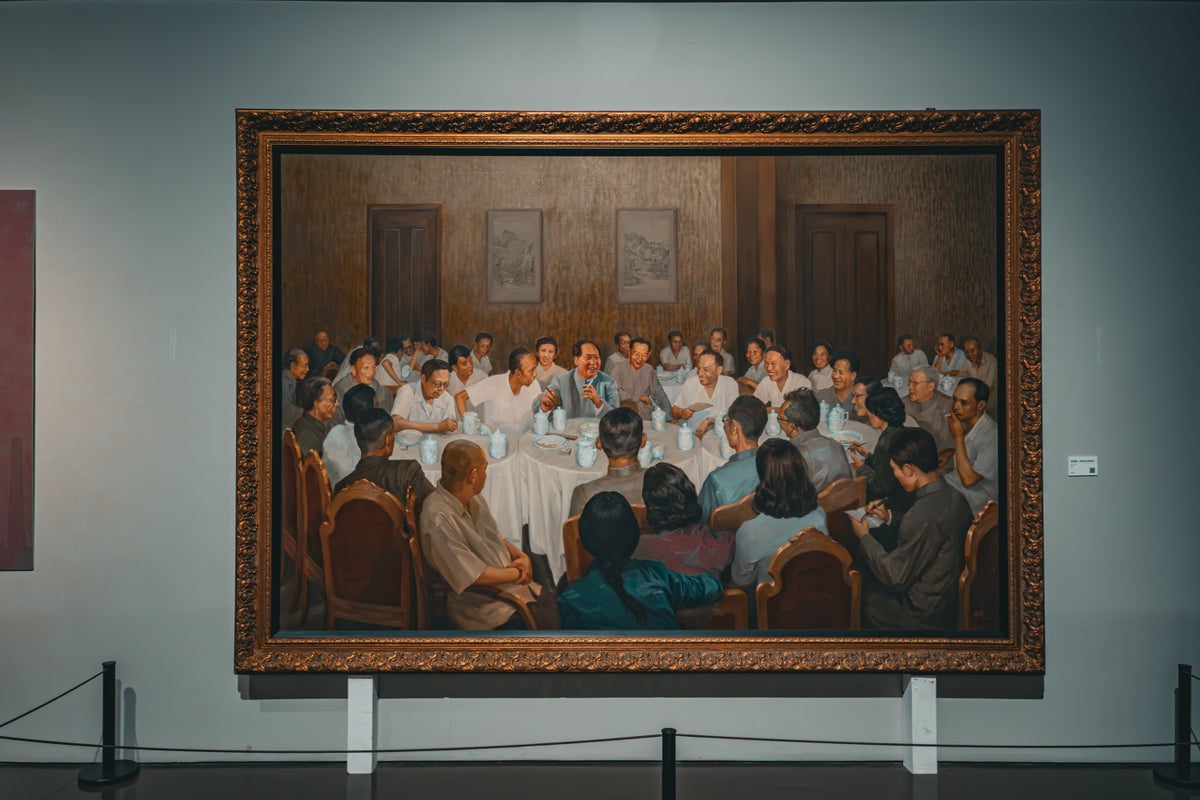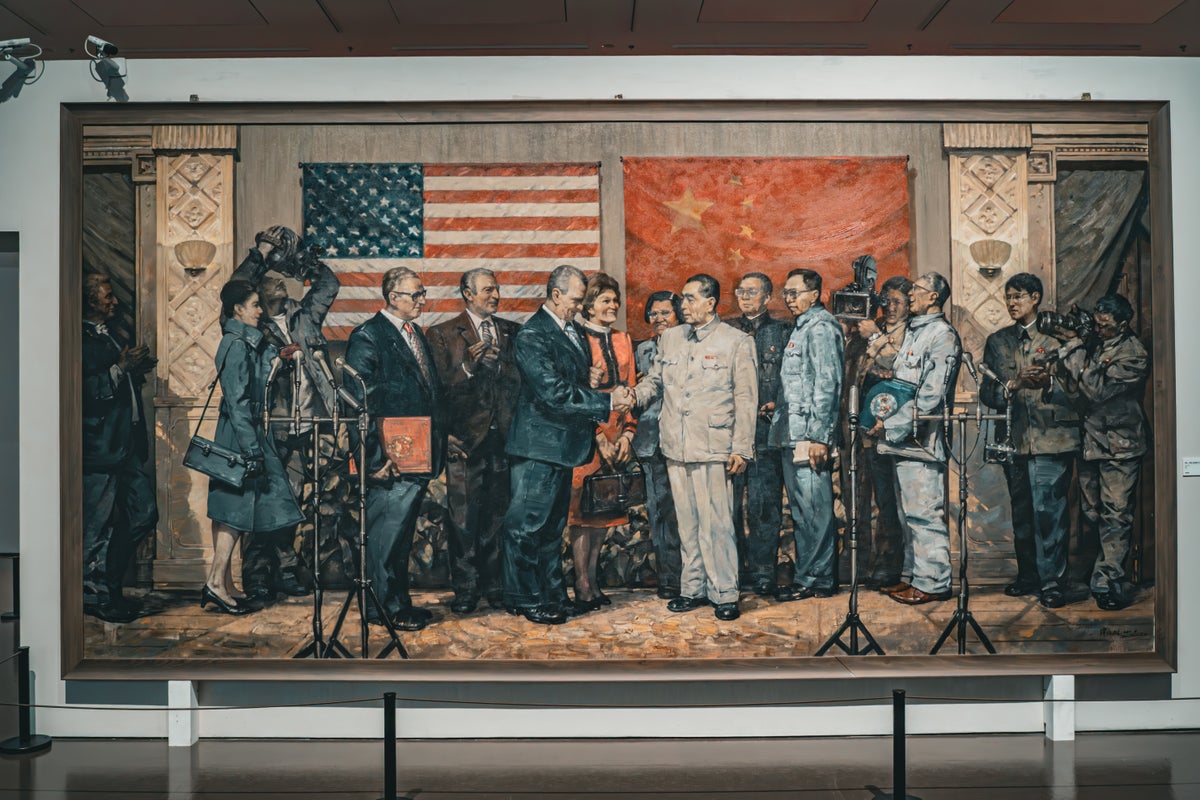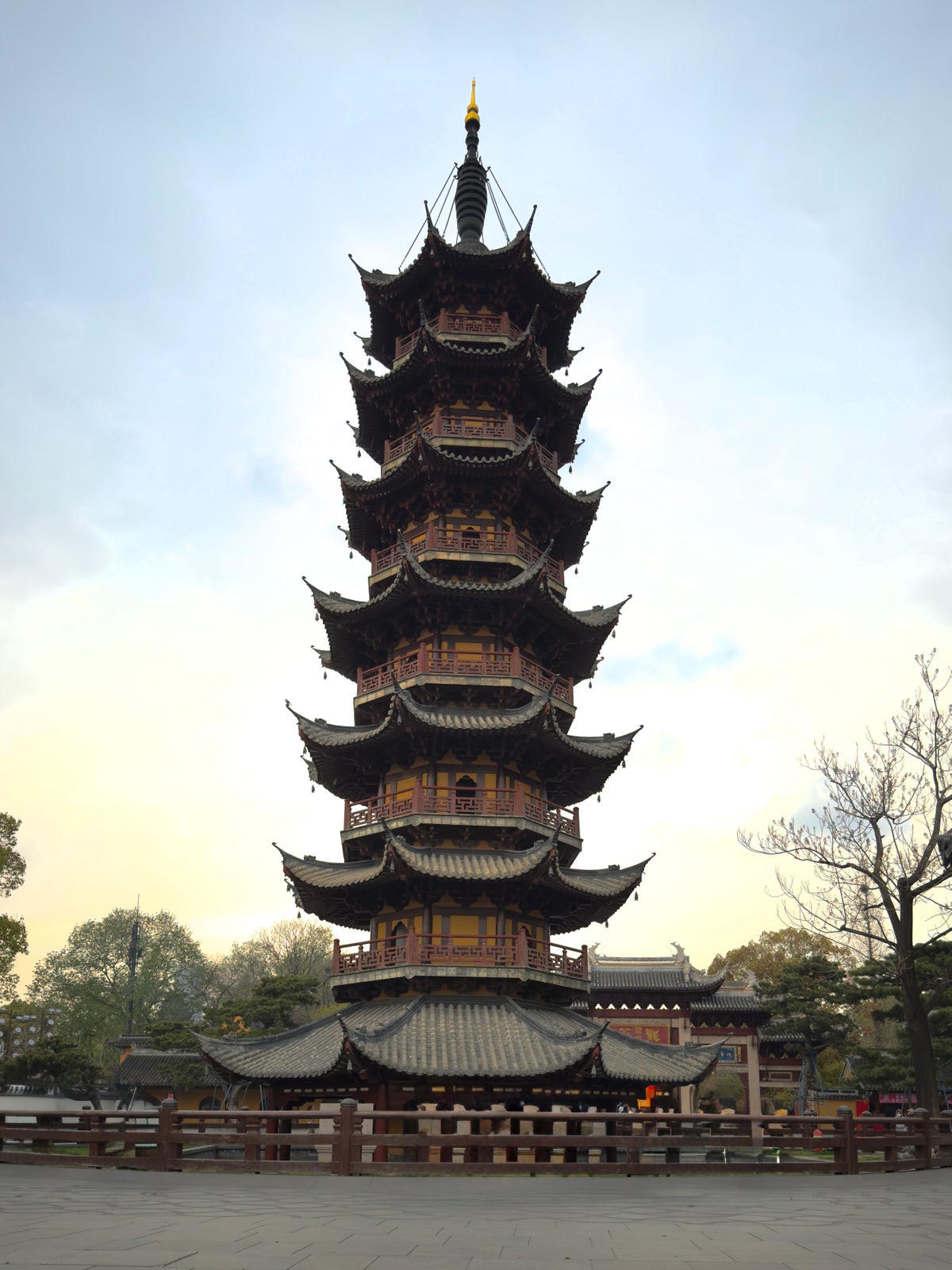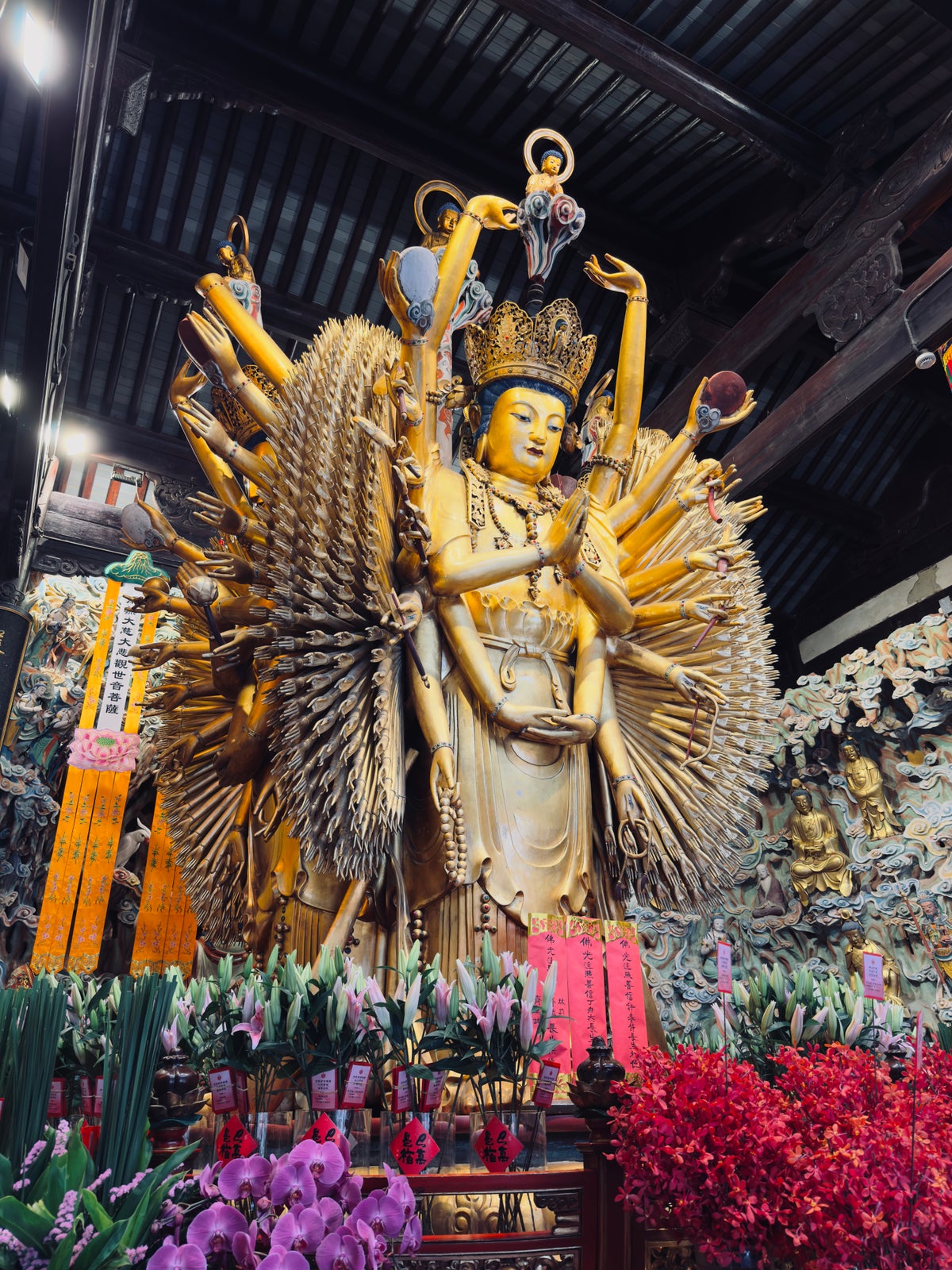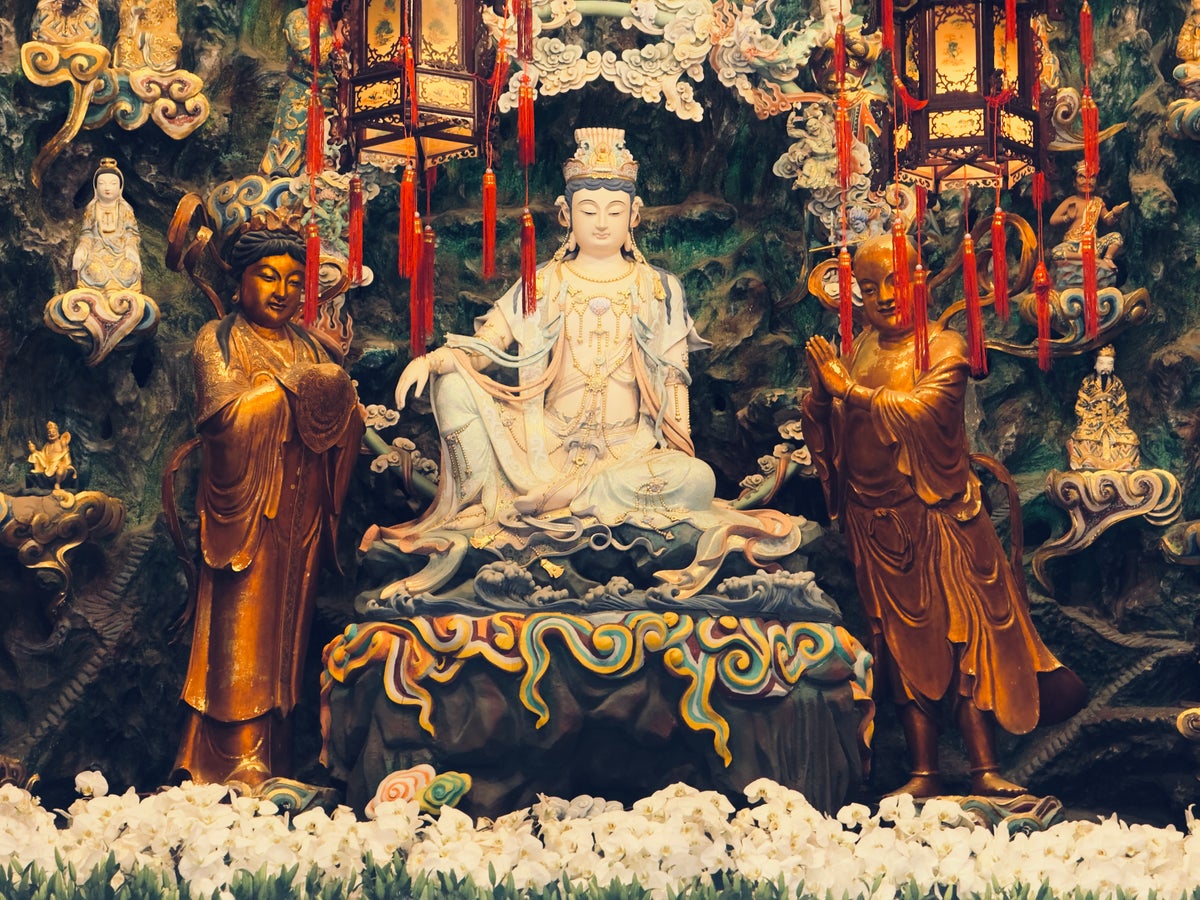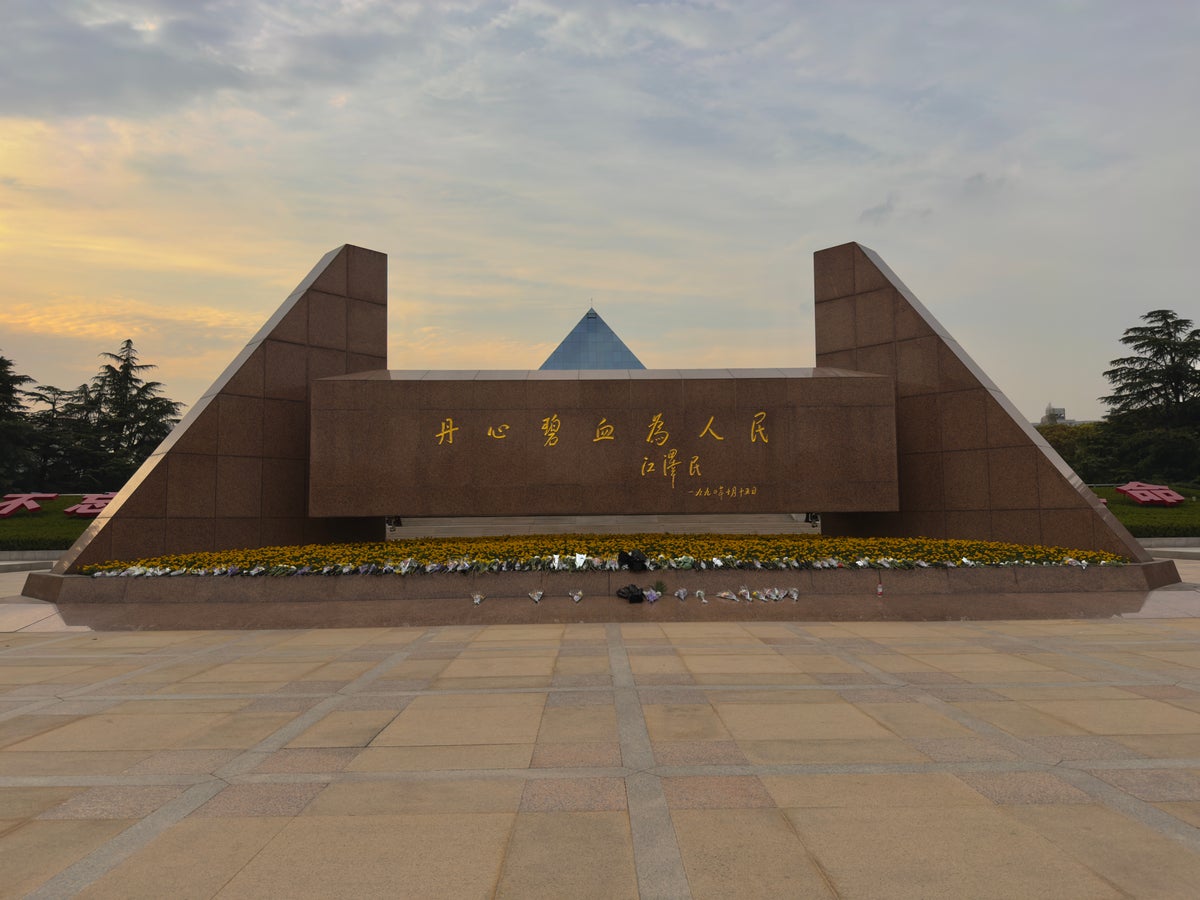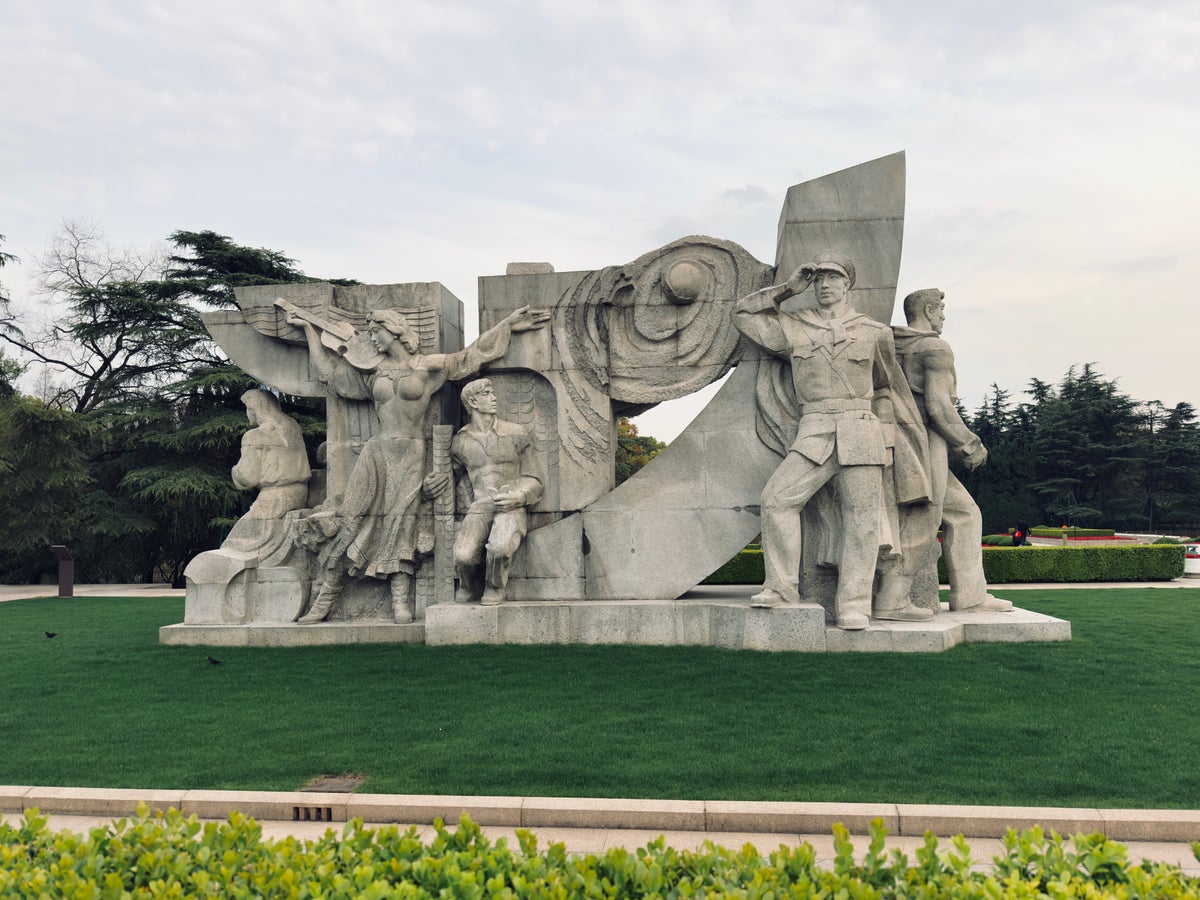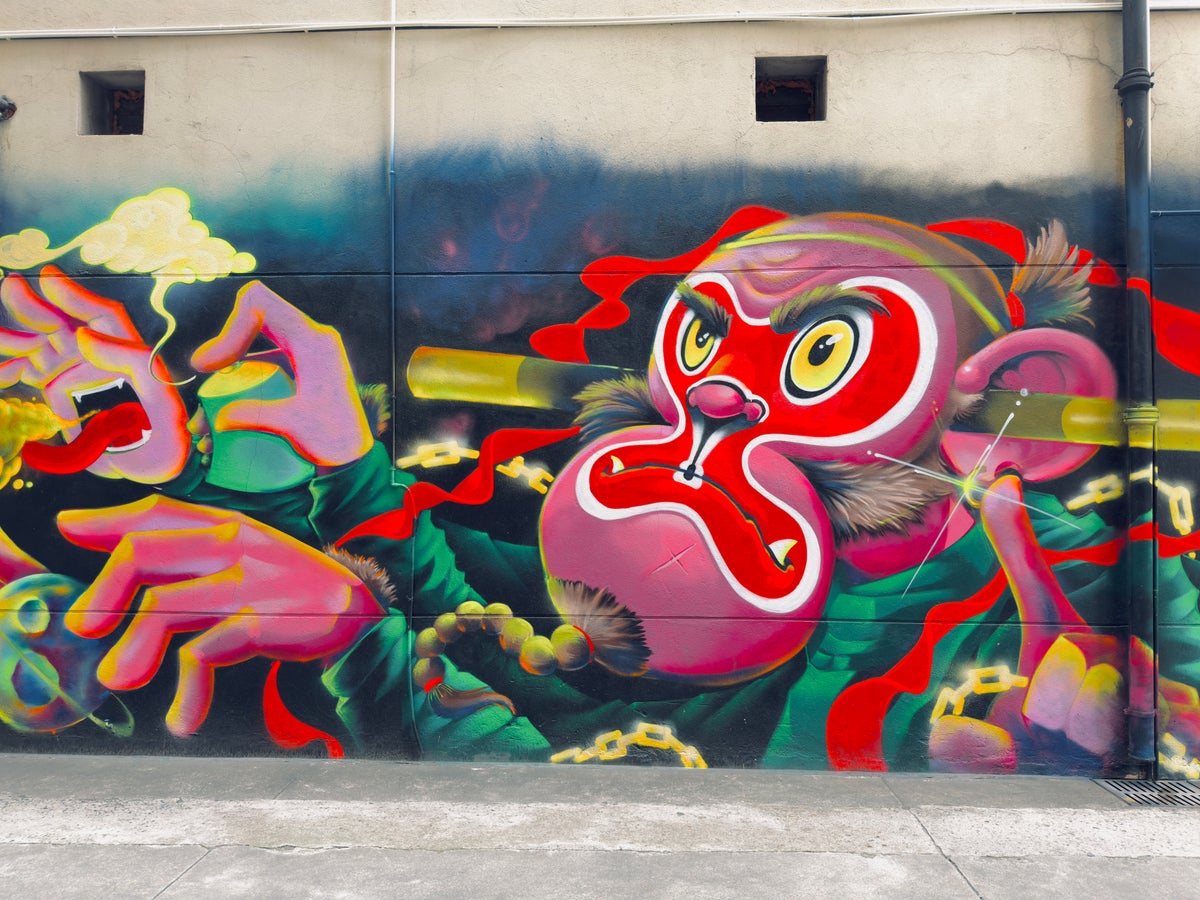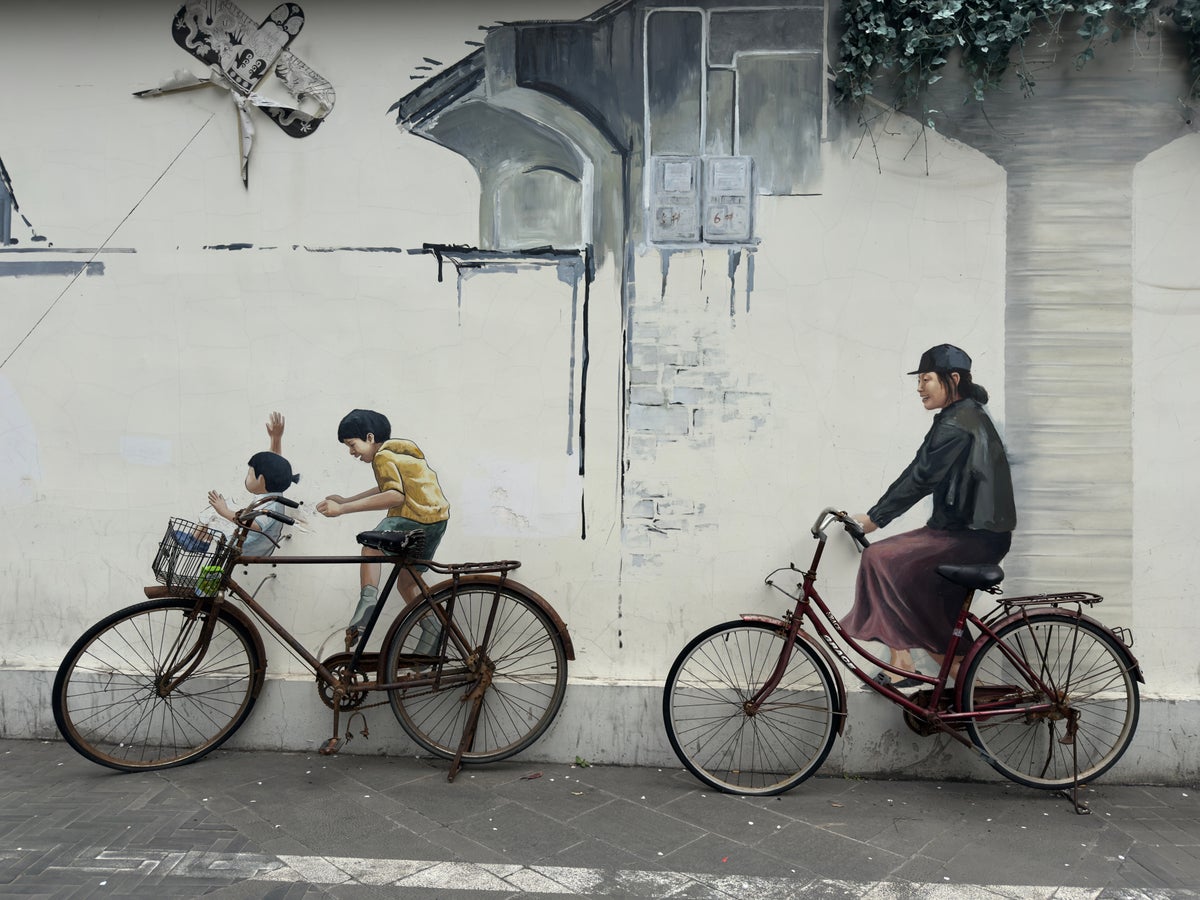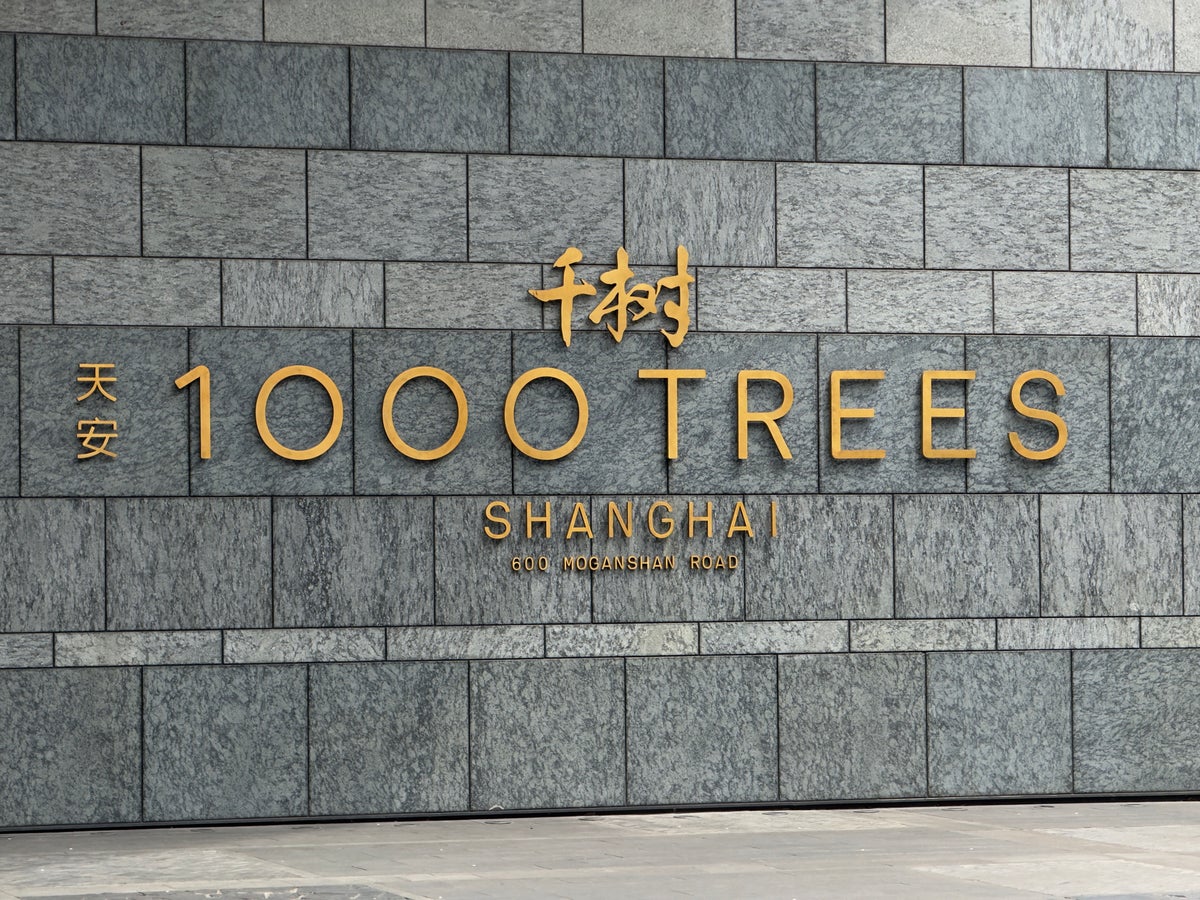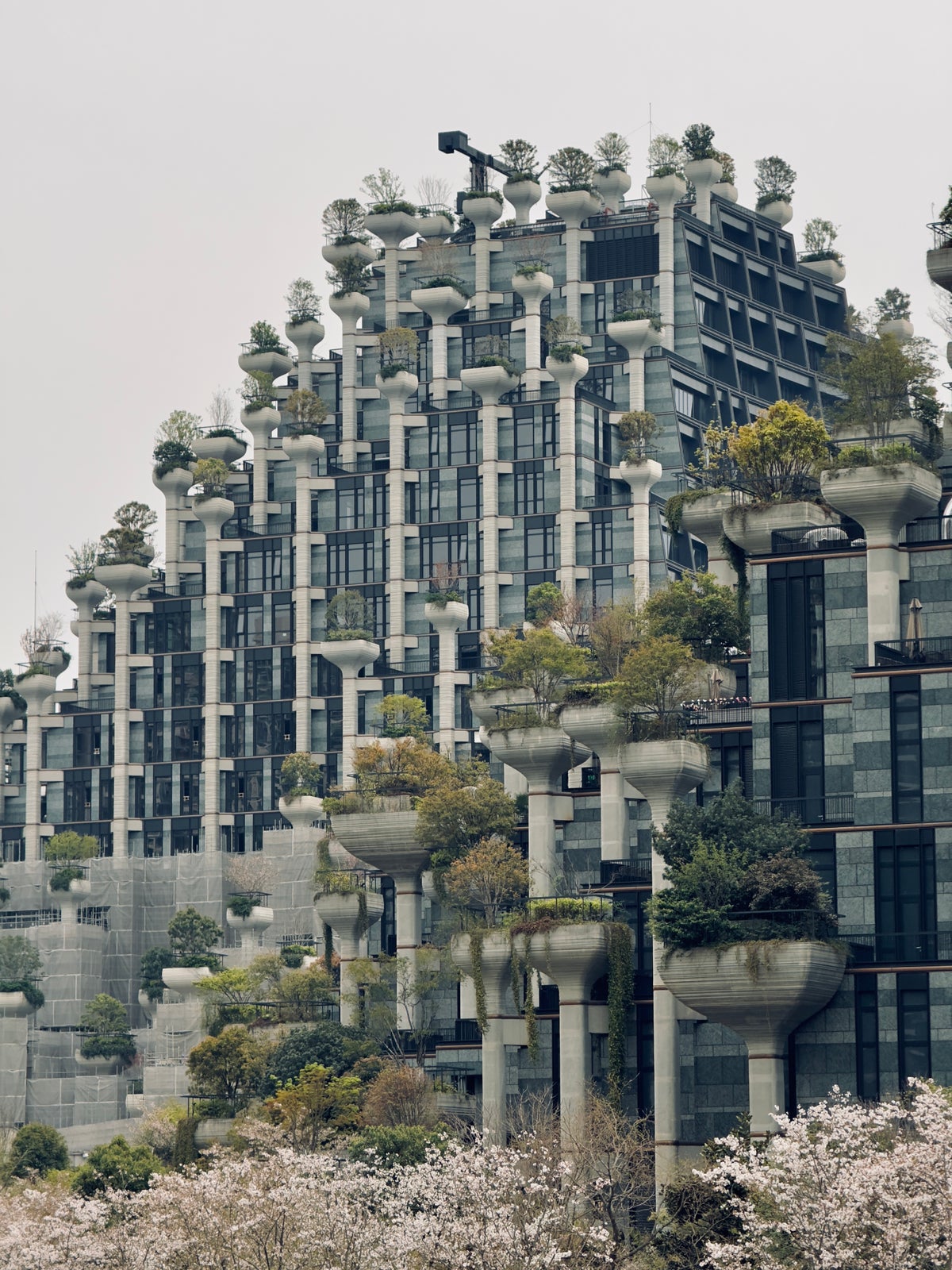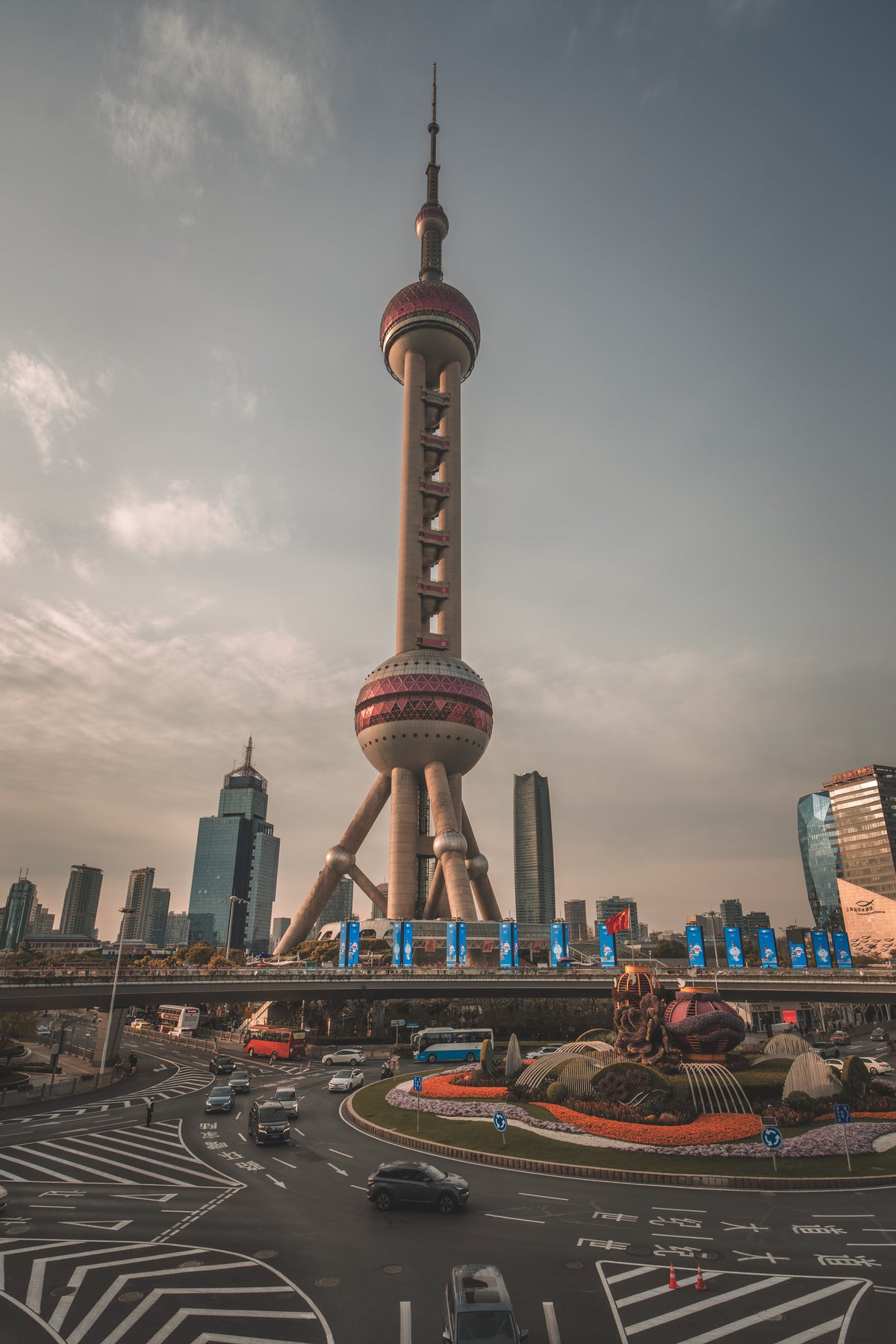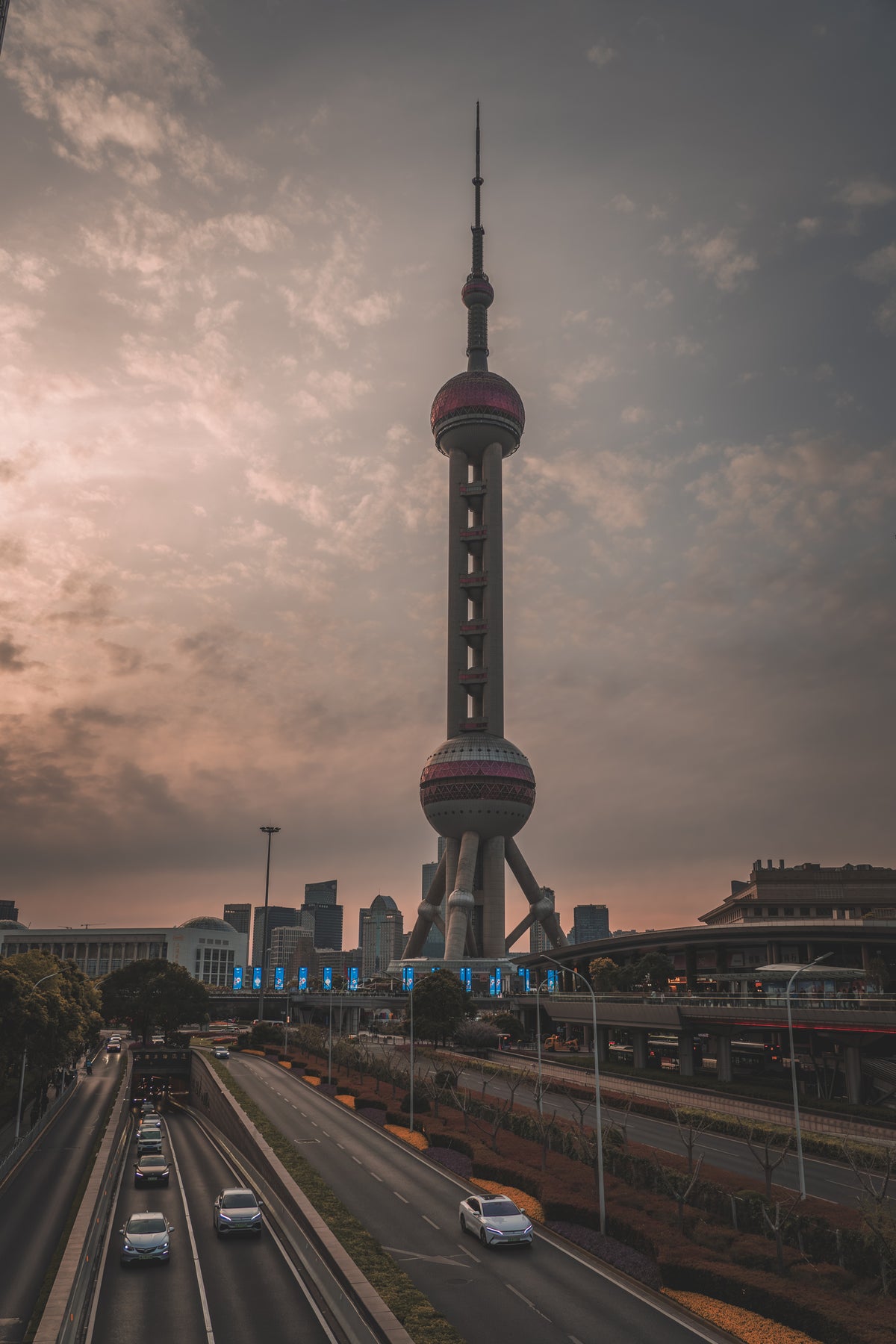Ehsan Haque
Ehsan Haque
Content Contributor
189 Published Articles
Countries Visited: 104U.S. States Visited: 24
Ehsan is an avid traveler who has traveled to over 100 countries, diligently using points and miles to fund his journeys. Currently, he holds 32 active credit cards and earns over a million points and...
Edited by: Michael Y. Park
Michael Y. Park
Senior Editor and Content Contributor
54 Published Articles 1391 Edited Articles
Countries Visited: 60+U.S. States Visited: 50
Michael Y. Park is a journalist living in New York City. He’s traveled through Afghanistan disguised as a Hazara Shi’ite, slept with polar bears on the Canadian tundra, picnicked with the king and que...
& Keri Stooksbury
Keri Stooksbury
Editor-in-Chief
100 Published Articles 3783 Edited Articles
Countries Visited: 54U.S. States Visited: 28
Editing with Upgraded Points for over 6 years, as editor-in-chief, Keri manages the editorial calendar and oversees the efforts of the editing team and over 20 content contributors, reviewing thousand...
![How I Spent 3 Days in Shanghai, China [Things To Do, What To Eat]](https://upgradedpoints.com/wp-content/uploads/2025/05/Shanghai-Bund-from-bridge.jpg?auto=webp&disable=upscale&width=1200)
